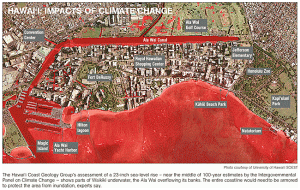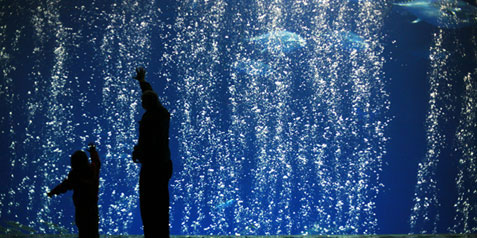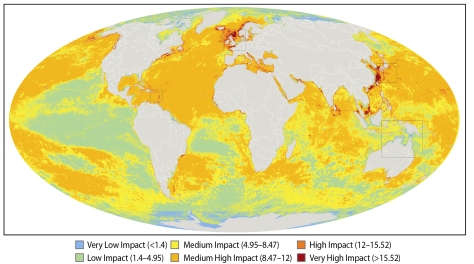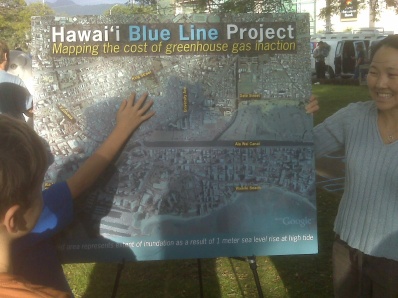From: Andrea
Most people are familiar with our inalienable natural rights, as John Locke summed up as life, liberty, and property. But what about nature’s right to exist, flourish, and naturally evolve?
These are the inalienable legal rights that the town of Shapleigh, Maine, voted to grant to nature last February. Now, in the town of Shapleigh, population 2,326, natural communities and ecosystems are endowed with these inalienable, fundamental rights, and any town resident has “standing” to bring a lawsuit on behalf of natural communities and ecoystems.
Read the Boston Globe article here:
http://www.boston.com/bostonglobe/ideas/articles/2009/07/19/should_nature_be_able_to_take_you_to_court/?page=1
Shapleigh is on the right track. While critics may argue there are too many potential litigants, ranging from the Kukui tree to the Waimea River, there exists an entire planet of species and ecosystems deserving of the right to exist. And, sadly, counts of these potential litigants are diminishing. See:
http://www.alertnet.org/thenews/newsdesk/N01296862.htm
The above article, published July 2, reports that more than 800 animal and plant species have gone extinct in the last five-hundred years, with almost 17,000 threatened with extinction now, according to a recent International Union for Conservation of Nature report. The track record shows that we are failing at conservation. Endowing nature with the right to exist may bolster our efforts at conserving biodiversity.
Apparent in many facets of our social structure, we have consistently valued profit above nature. After all, corporations have long had the legal status of a “person” and the corresponding rights, including ability to sue. If corporations are “persons” in the sense of legal status and rights, then what is the problem with nature possessing rights to exist? Nature is fundamental to our own existence, quite unlike corporations.
We are behind the time in recognizing nature’s rights. Notwithstanding the dire situation of lost biodiversity, concepts of an ethical relationship with nature have been around for at least 100 years. Aldo Leopold, an early environmentalist, wrote about his “land ethic” in A Sand County Almanac. Based on the idea that ethics should be expanded to encompass nonhuman members of the biotic community, Leopold summed up his land ethic as follows: “A thing is right when it tends to preserve the integrity, stability, and beauty of the biotic community. It is wrong when it tends otherwise.” If we humans were on board with this profoundly simple land ethic- and had been during our last couple hundred years of pillaging-, then perhaps we would not be in the situation of having to pass town ordinances to grant nature the right to exist.
But, alas, so is human nature. Our attempts at control have led us to a precarious precipice: here, at the edge of continuing to diminish biodiversity, we have a choice. The town of Shapleigh recognized this watershed moment and stepped in the direction of preservation.
If my town votes for a similar ordinance, you bet I’ll holler aye. And, when critics question, “how do we know what nature wants?” and argue that the interest is actually ours, I’ll have my response.
Sure, we humans may be the ones instituting this groundbreaking regime of granting legal rights to biota. But in reality, the idea of humans bringing these suits on behalf of nature is not so far-fetched. After all, people serve as trustees to bring suits on behalf of incompetent people and trust beneficiaries. Human implementation of nature’s rights is requisite: the law is our system, and our impacts and attempts to control ecosystems thus far have led to the gross loss in biodiversity.
Humans- but not corporations- are a part of the planetary ecosystem. We are not the operators behind an enormous control panel, like we have long been masquerading. As a single species, we should make room in our legal and socioeconomic structures for the other species to survive, lest we deprive them all of their right to exist.
We should be celebrating and wholeheartedly codifying nature’s right to exist, flourish, and naturally evolve. Without nature, without Earth, homo sapiens would not exist.
Ho’okahi No Ka ‘Aina A Me Na Kanaka.
Read Full Post »










